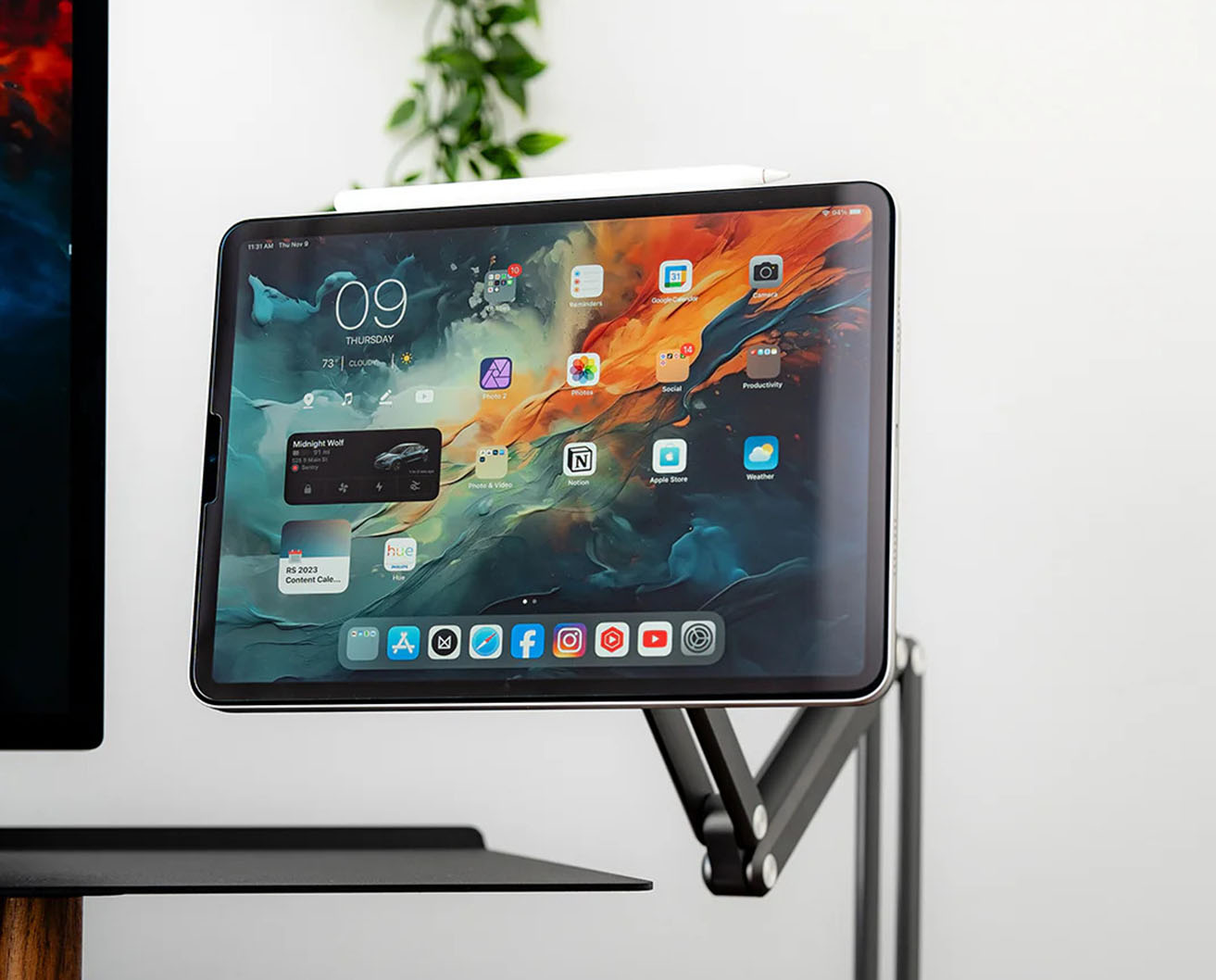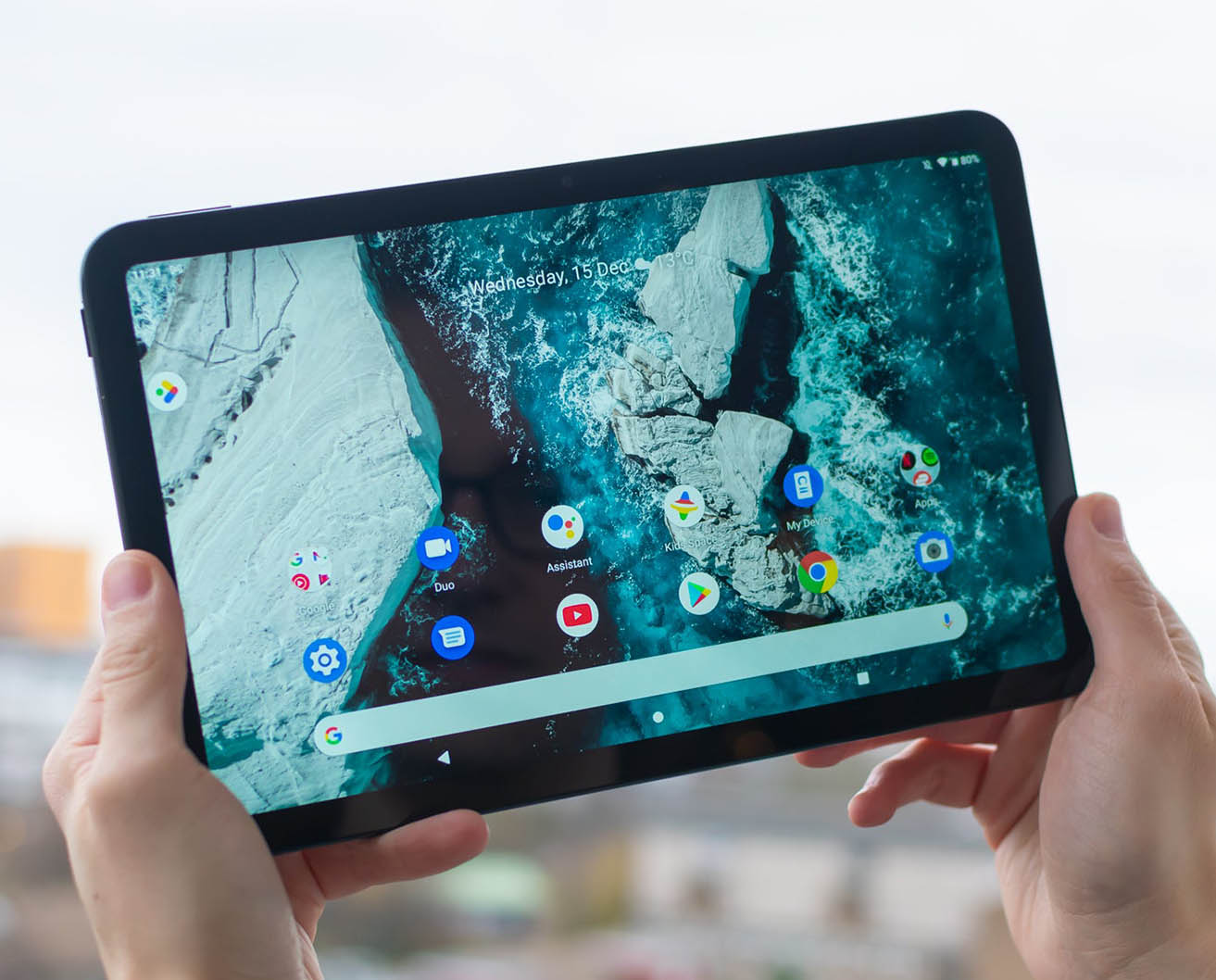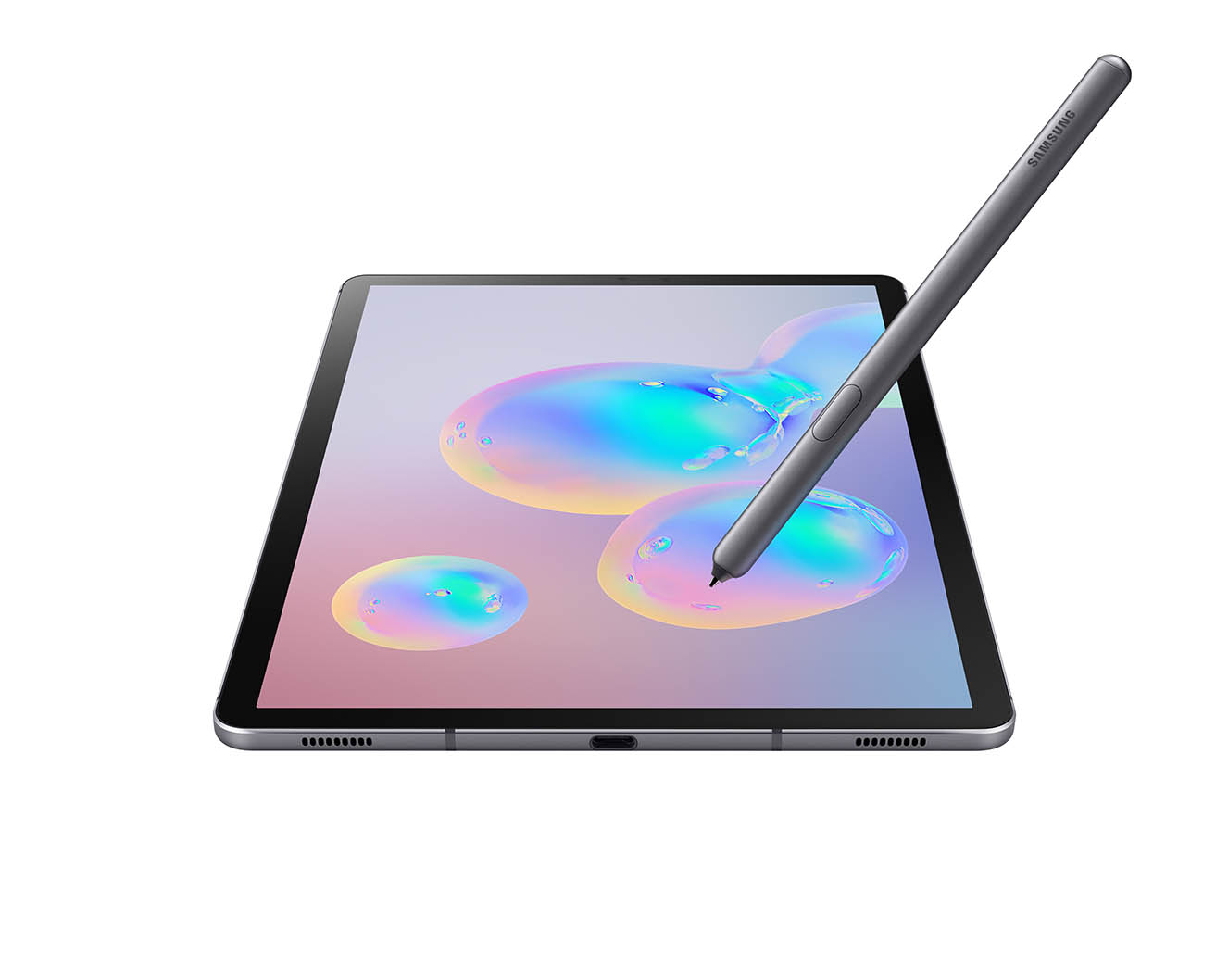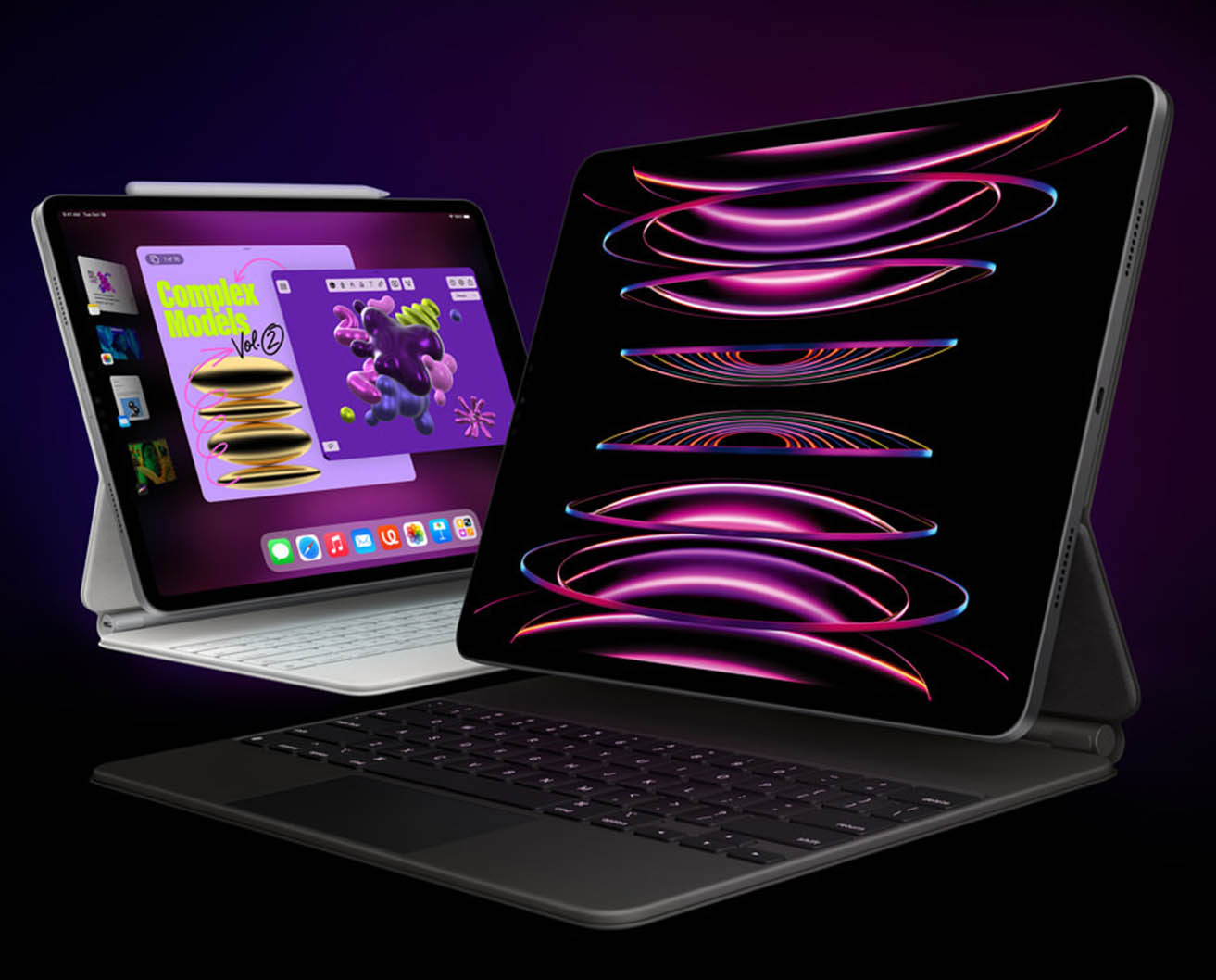With daily work becoming increasingly fast‑paced, I’ve realized that relying solely on a laptop no longer meets all mobile office requirements. Especially during frequent business trips and meetings when I need to handle tasks anytime, anywhere, having a powerful tablet that combines portability and productivity becomes essential. In 2025, many brands released a generation of high‑efficiency office tablets that not only broke the traditional “primarily for entertainment” tablet model, but also upgraded in performance, system compatibility, and peripheral expansion—truly rivaling thin-and-light laptops. Combining my own experience, I’ll recommend several of the newly launched 2025 tablets across different operating systems, price ranges, and work scenarios to help you find the one that suits you best.
1. iPad Pro 2025: The Epitome of Performance and Ecosystem Integration
Every time I pick up the iPad Pro, I feel its performance potential continuously unleashed. The 2025 model, for the first time, is equipped with the M4 chip, built on a 3 nm process—exceeding its predecessor in both graphics processing and multitasking. Whether editing 4K video, creating large-scale PPTs, or running multiple application windows concurrently, it handles all effortlessly.
What I love most is its deep integration with the Apple ecosystem. Paired with the new Magic Keyboard and second-generation Apple Pencil Pro (with haptic feedback and customizable gestures), it delivers virtually laptop-level productivity—whether note-taking in meetings or editing documents on the go.
The 2025 iPad Pro also features a screen upgrade to Tandem OLED technology, offering superior color and brightness—easy to view even in bright café sunlight. Plus, it remains impressively lightweight, under 600 g, ideal for frequent travelers.
I purchased mine on Amazon.com, and the official accessories were also conveniently available with fast delivery.
2. Samsung Galaxy Tab S10 Ultra: The Productivity Pinnacle of Android Tablets
I’ve always believed that if you want a truly office-capable Android tablet, the Galaxy Tab S10 Ultra is the one to try. This 2025 flagship boasts a 14.6‑inch Dynamic AMOLED 3X display at 144 Hz—delivering not only stunning visuals but also ultra‑smooth pen input and drawing.
With the Snapdragon 8 Gen 3 for Galaxy customized chip, 16 GB RAM, and 1 TB storage, it handles multiple Office documents, remote desktop sessions, and production apps like Canva and Notion with rock-solid stability.
Its optimized S Pen isn’t just for note-taking—it functions as a multi-tool for touch-control, page-turning, and remote presentation. During meetings, it performs far beyond expectations.
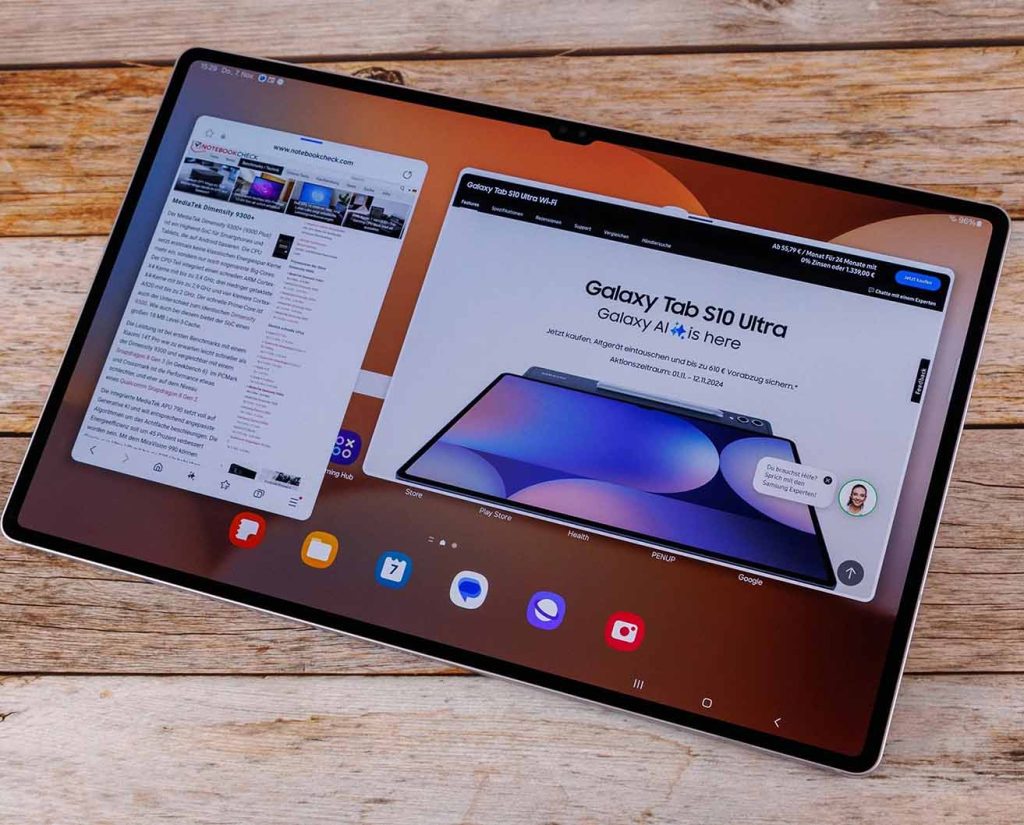
It also supports Samsung DeX desktop mode, transforming into a “mini PC” when connected to an external monitor. On business trips, I simply connect a portable screen and Bluetooth keyboard/mouse via USB‑C and instantly have a full office setup.
3. Microsoft Surface Pro 10: The Strongest Office Tablet in the Windows Ecosystem
If your work depends heavily on Windows—like running Access databases, macros, or enterprise software—the Surface Pro 10 is an ideal choice. The 2025 version features an Intel Core Ultra 7 processor (Meteor Lake architecture) with deeply integrated AI modules, enhancing voice recognition, auto-document organization, and image handling. Its 13.5‑inch PixelSense Flow display supports 120 Hz dynamic refresh and anti-reflective coating—great for outdoor workloads.
What I appreciate most is its detachable design: the Surface Signature Keyboard and pen come off smoothly, enabling seamless tablet-to-laptop switching. The kickstand supports multiple stable angles—even on trains or sofas.
It also includes two Thunderbolt 4 ports, making it effortless to connect external drives, monitors, and docks—perfectly fitting modern office setups.
I bought mine via Amazon.com: smooth purchase experience, flexible configurations, and comprehensive warranty and accessory support.
4. Lenovo Tab Extreme: The “Beast-Level” Android Office Tablet
If you prefer a large screen and heavy multitasking, the Lenovo Tab Extreme is worth considering. It features a 14.5‑inch 3K OLED display (3000×1876 resolution) delivering a stunning visual experience. It’s among the few Android tablets that support up to four split-screen windows simultaneously—nearly unrivaled in multitasking.
I’ve used it for initial graphic design drafts—looking at references, drawing, and running an AI image generator simultaneously—and the efficiency was astonishing. Paired with the Lenovo Precision Pen 3 (4,096 pressure levels and tilt detection), its performance rivals a Wacom tablet.
It also includes four speakers with Dolby Atmos support, making its audio clear and powerful enough for video conferencing without extra headphones.
Powered by MediaTek Dimensity 9200+, 12 GB RAM, and starting at 256 GB storage, it runs Android office apps effortlessly. Battery life lasts around 12 hours—it’s truly a mobile workstation for graphic-intensive work.
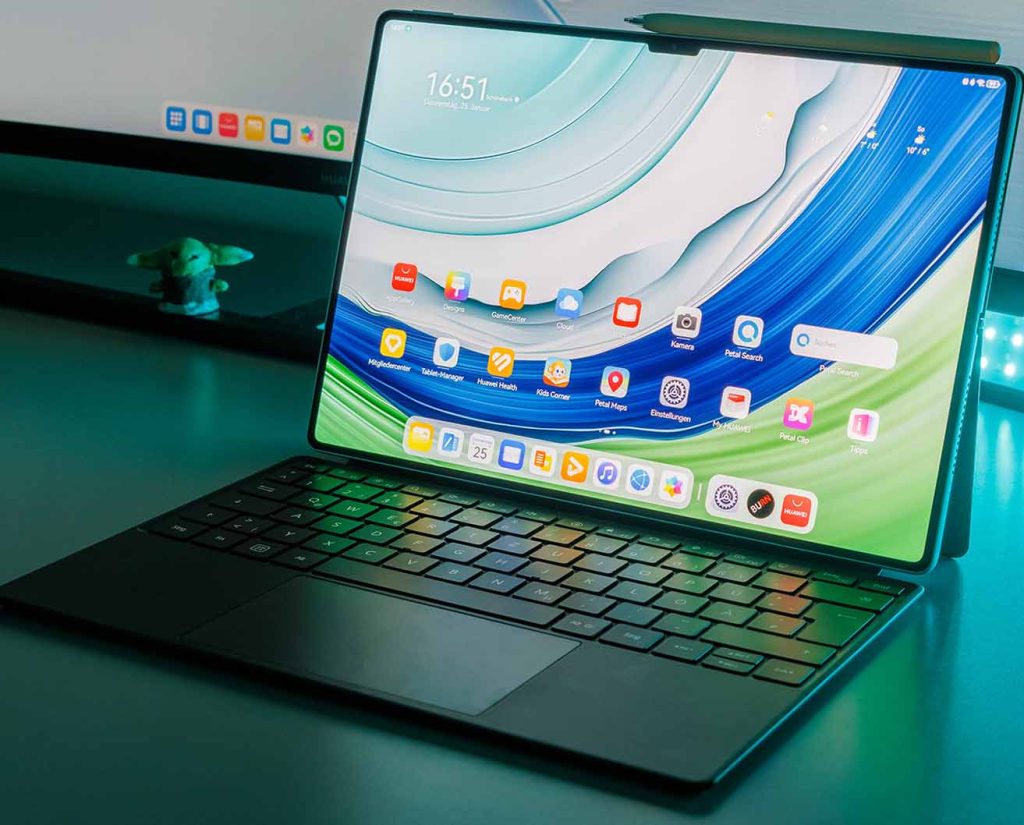
5. Huawei MatePad Pro 13.2: A Domestic All-Rounder for High-Efficiency Office Use
Before using the MatePad Pro 13.2, I doubted whether a domestically made premium tablet could handle serious office tasks. After using it, I found its performance rivals international flagship models.
It features a 13.2‑inch flexible OLED display, ultra-lightweight at just 580 g, with an excellent balance of brightness and power efficiency. HarmonyOS 4 offers smooth multitasking, split-screen use, and multi-device collaboration (with Huawei phones and PCs). For example, I can drag content from my phone to the tablet for copy-paste and editing—this multi-screen synergy doubles office efficiency.
The second-gen M‑Pencil delivers low latency and natural handwriting—ideal for academic writing and PDF annotation.
Although Google services aren’t fully supported, Huawei’s AppGallery ecosystem and web-app solutions meet my daily work needs.
6. Key Guidelines for Choosing Your High‑Efficiency Office Tablet
Having used many tablets, I’ve summarized practical tips on choosing the right one:
- Platform based on system requirements: Need specific Windows software? Choose Surface Pro. Heavy Office and Notion use? Go with iPad. Prefer Android ecosystem for browser-based or Google Docs? Choose an Android tablet.
- Don’t overlook peripherals: Tablets should support keyboards, styluses, and docks—accessories can multiply your productivity.
- Prioritize multitasking capability: Look for split-screen and multi-window support (e.g., Galaxy Tab S10 Ultra or MatePad Pro).
- Balance weight and battery: Choose devices under 600 g with ≥10-hour battery life for mobile office use.
Tablets Are Redefining Our Way of Working
Looking back at these high‑efficiency office tablets I used in 2025, they’ve well surpassed the “watch-video, browse-web” role. They are becoming real productivity tools—from hardware to software, from multitasking to cross-device collaboration, tablet office capabilities are expanding rapidly.
If you want to break free from heavy laptops without sacrificing work efficiency, consider a high-performance, well-ecosystem tablet. The recommended 2025 models are available on Amazon.com with flexible configurations and full after-sales support. Don’t underestimate a good tablet—it can transform your work style and deliver dual boosts to productivity and creativity.
